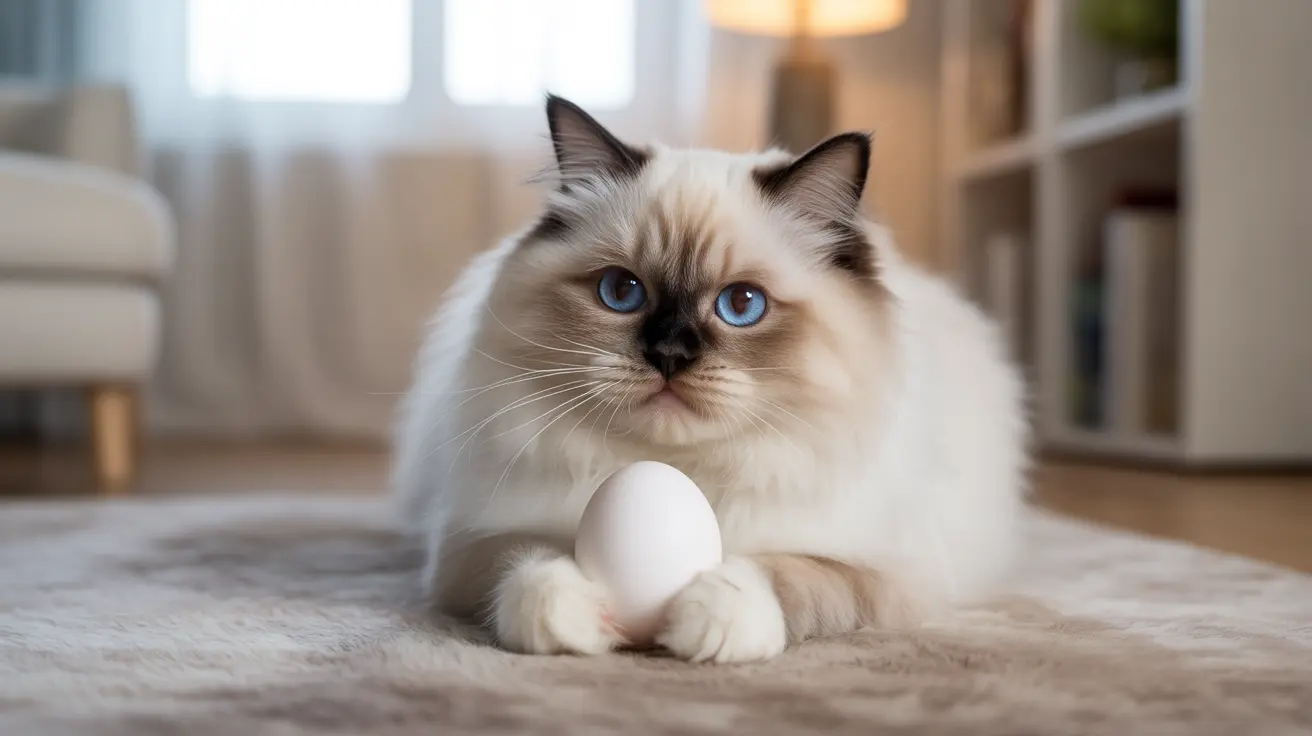What is Lung Lobe Torsion?
Lung lobe torsion occurs when a section of the lung (called a lobe) rotates around its central axis, similar to wringing out a wet towel. This twisting motion disrupts blood flow and airway passages, leading to severe complications within the affected lung tissue.
The condition most commonly affects the right middle and left cranial lung lobes in cats, though any lobe can potentially become twisted. The lack of strong supporting ligaments in these areas makes them particularly susceptible to torsion.
Causes and Risk Factors
While lung lobe torsion can occur spontaneously (idiopathic cases), several factors may increase your cat's risk:
- Previous chest trauma
- Recent thoracic surgery
- Underlying respiratory diseases
- Presence of pleural effusion (fluid in the chest cavity)
- Chest tumors or masses
Recognizing the Signs
Early detection is crucial for successful treatment. Watch for these warning signs:
- Difficulty breathing or rapid breathing
- Persistent coughing
- Lethargy and weakness
- Loss of appetite
- Occasional nosebleeds
- Vomiting (in some cases)
Diagnostic Process
Veterinarians use several methods to diagnose lung lobe torsion:
- Physical examination and medical history review
- Chest X-rays to identify abnormal lung patterns
- CT scans (the gold standard for diagnosis)
- Analysis of any fluid present in the chest cavity
Treatment Options and Recovery
Surgery is the primary treatment for lung lobe torsion in cats. During the procedure, veterinarians typically remove the affected lung lobe entirely (lobectomy). While this sounds dramatic, cats can function well with reduced lung capacity after recovery.
Post-surgical care is critical and may include:
- Pain management
- Careful monitoring of breathing
- Antibiotics if necessary
- Regular follow-up appointments
- Restricted activity during healing
Long-term Outlook
The prognosis for cats with lung lobe torsion varies depending on several factors:
- Speed of diagnosis and treatment
- Presence of underlying conditions
- Overall health of the cat
- Quality of post-operative care
Survival rates range from 50-80% for cats that undergo surgery, with many survivors enjoying an excellent quality of life afterward.
Frequently Asked Questions
What are the common symptoms of lung lobe torsion in cats that pet owners should watch out for?
The most common symptoms include difficulty breathing, rapid breathing, persistent coughing, lethargy, loss of appetite, and occasionally nosebleeds. Any sudden changes in breathing patterns warrant immediate veterinary attention.
How is lung lobe torsion diagnosed in cats, and what imaging techniques are most effective?
Diagnosis typically involves chest X-rays and CT scans, with CT being the most effective imaging technique. These tests help veterinarians visualize the twisted lung lobe and assess the extent of the condition.
What are the typical causes of lung lobe torsion in cats, and are there any preventable risk factors?
While some cases are spontaneous, risk factors include previous chest trauma, thoracic surgery, underlying respiratory diseases, and chest fluid accumulation. Regular veterinary check-ups can help identify and manage these risk factors.
What is the standard treatment for lung lobe torsion in cats, and what are the chances of survival?
Surgical removal of the affected lung lobe is the standard treatment. Survival rates range from 50-80% with proper surgical intervention and post-operative care.
How can pet owners improve the long-term outcomes for cats that have undergone surgery for lung lobe torsion?
Following post-operative care instructions strictly, maintaining regular veterinary check-ups, monitoring breathing patterns, and ensuring a stress-free recovery environment can improve long-term outcomes. Proper pain management and restricted activity during healing are also crucial.
Conclusion
While lung lobe torsion is a serious condition, understanding its signs and seeking prompt veterinary care can lead to successful outcomes. If you notice any respiratory changes in your cat, don't hesitate to consult your veterinarian, as early intervention is key to survival and recovery.






